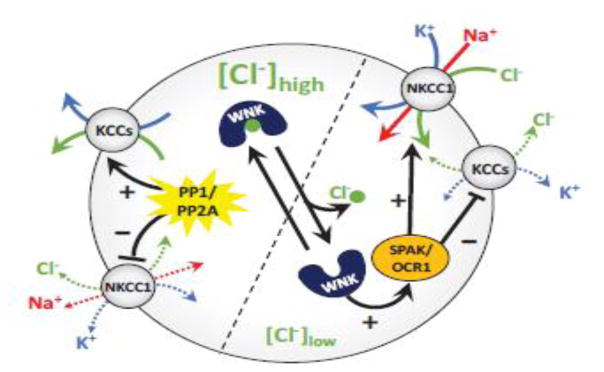Fig. 3. Cl− as an intracellular signaling ion.
Recent findings identified the With No lysine [K] (WNK) protein kinases as intracellular [Cl−] sensors. Binding of Cl−, which occurs in the N-terminal activation loop of WNK1-4, inhibits autophosphorylation and activity of these enzymes. Reductions in [Cl−]i promote WNK1-4 autophosphorylation and activation. Active WNKs phosphorylate and stimulate two closely related protein kinases SPAK/OSR1, which in turn phosphorylate NKKC1 and KCC1-4. The functional effects of phosphorylation on cation-Cl− cotransporters are opposite: activation of NKCC1 and inhibition of KCC1-4. When WNKs are inactive, NKCC1 and KCC1-4 are dephosphorylated by the serine/threonine protein phosphatases PP1 and PP2A. See text for additional details.

